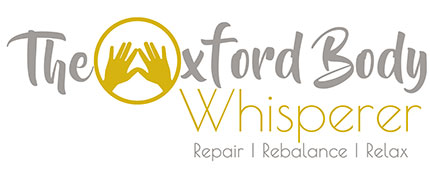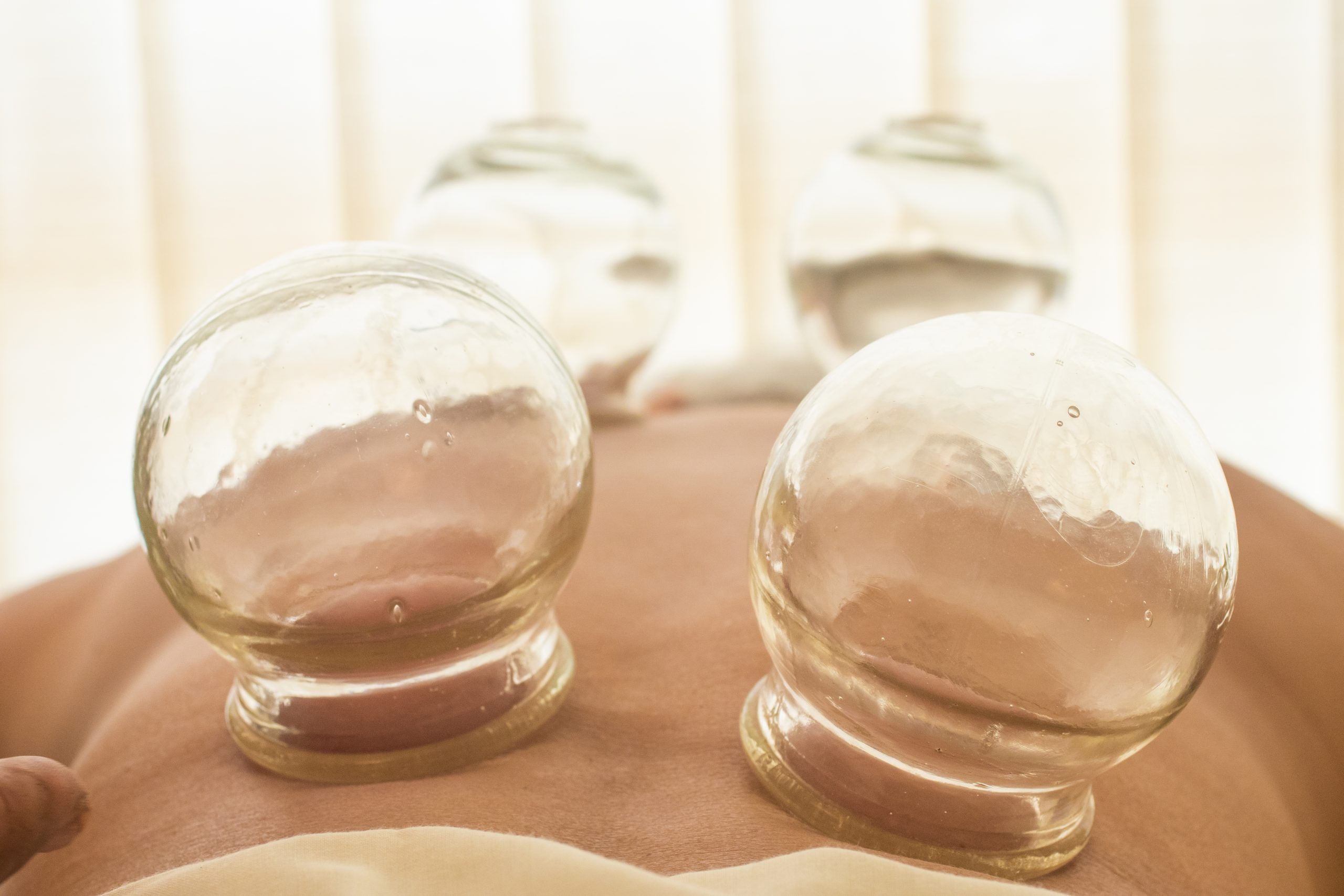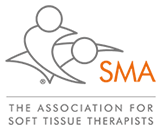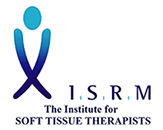What is Cupping?
Although it is very trendy now, it has been used for thousands of years to primarily remove, or “suction” unwanted materials from the body. Today it is used as a complementary and alternative therapy to help treat a variety of muscular issues and provide relaxation.
The therapist places special cups on your skin to create suction and this suction draws fluid into the treated area. The suction force expands and breaks open your tiny blood vessels ( capillaries) under the skin. Your body treats the cupping area like an injury sending fresh oxygen rich blood to the area to stimulate the natural healing process.
Although there is very little scientific research supporting or disproving the benefits of cupping, it is generally accepted that it helps with pain, inflammation, circulation and relaxation. Some therapists also believe it releases toxins.
How does it differ from Massage?
Whilst massage relaxes muscles by using direct pressure or compression to release tension, cupping uses negative pressure to lift muscles fibres and tissue which allows for the separation of fused or adhered tissues. The body strives for suppleness and fluidity and any tissues that are stuck or adhered inhibits this, so this lifting or pulling action assists tissues in becoming more supple and fluid. Cupping is also great for those areas where deep pressure might not be ideal.
Generally cupping is best used in conjunction with massage.
What are the benefits?
It is generally accepted that cupping has the following benefits:
- Helps alleviate common muscle tension related aches and pains such as those in the lower back, neck and shoulders. Can also be used to assist more specific issues such as Plantar Fasciitis, Frozen Shoulder , Carpal Tunnel Syndrome and Sciatica.
- Ideal for myofascial pain syndrome which refers to pain and inflammation in the body’s soft tissues. It is characterised by the development of trigger points which are sensitive points in a muscle which are locally tender and can refer pain to other seemingly unrelated parts of the body.
- Relieves muscular pain
- Relaxation
- Increases blood circulation which may relieve muscle tension, which in turn can improve overall blood flow and promote cell repair.
- Reduces inflammation and joint stiffness
- Helps lift, rehydrate and manipulate fascia
- Can release endorphins , the body’s natural pain reliever
How is cupping performed?
The therapist will use cupping in conjunction with massage. The therapist will place several cups on the affected part of your body and depending on your requirements, will either leave the cups in place (stagnant cupping ideal for specific areas of tension or trigger points) or massage your body with the cups by gliding the cups along your skin (dynamic cupping, very similar to deep tissue massage but without the pressure and less likely to leave red marks )
What should I be aware of ?
Cupping marks – Firstly not all treatments will leave marks but if you have them duration may range from a couple of days to around 3 weeks. The colours will also range from light pink to dark purple. Dynamic cupping generally produces fainter marks. It s generally accepted that darker marks denote poorer circulation to that part of the body.
Also, as with a regular deep tissue massage, if you are making this part of your training regimen, you will want to recover for 24 hours before your next training session so ideally have the treatment after a training session.
Finally, although it is a relatively low risk treatment you still may suffer with fatigue, muscle soreness, light headedness, sweating, headaches or nausea
Can anybody have cupping?
Cupping is not for everybody and is contraindicated for the following , so please make sure that none of the following apply to you. If you have any other issues or conditions, not covered below, please discuss with your therapist before the treatment begins.
- Bleeding disorders (such as haemophilia) , blood clotting problems ( such as Deep Vein Thrombosis) or those on thinning blood medication
- Those suffering with cancers, a history of strokes OR seizures
- Skin conditions (such as psoriasis) or skin allergies
- Pregnancy or those who are breast feeding
- Bruised , broken or swollen skin
- Open wounds
- Varicose veins
- Bulging or herniated discs
- Severely compromised joints (such as dislocations )
- Recent injuries or bruises ( allow at least 4 weeks to elapse in the case of sprains, strains or fractures AND 14 days in the case of bruises)





